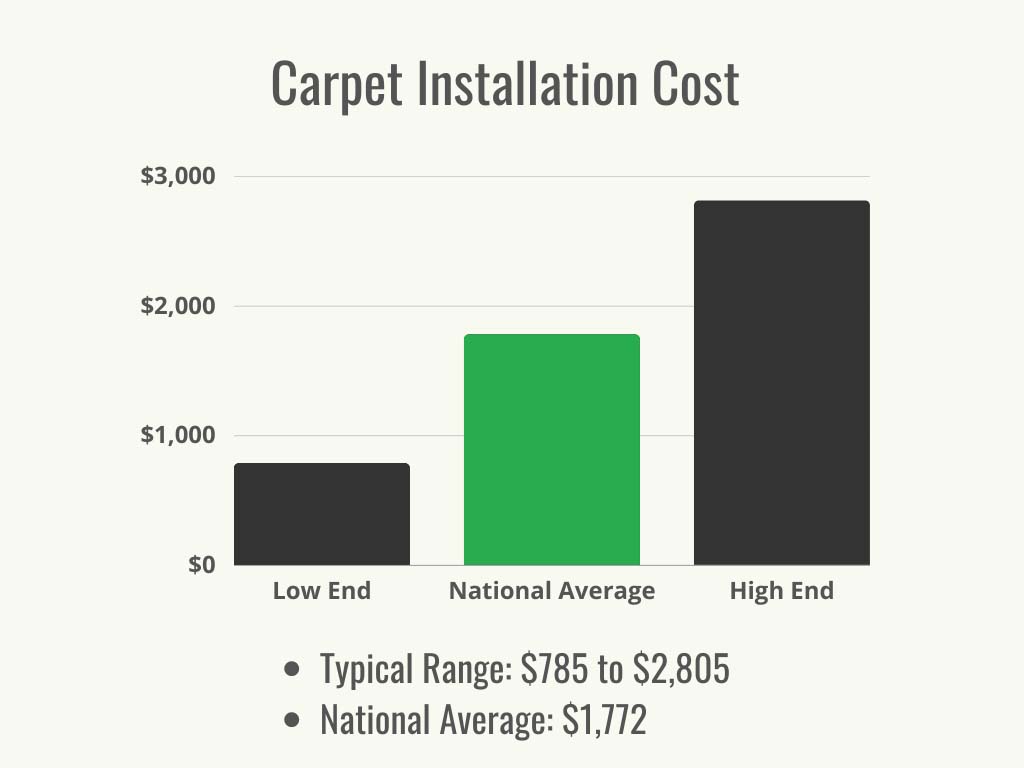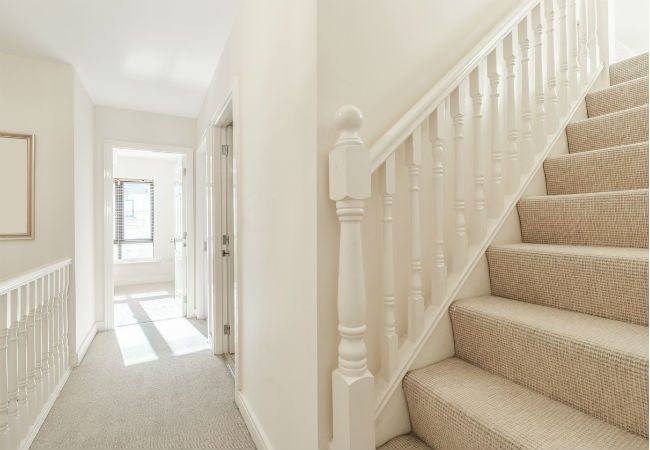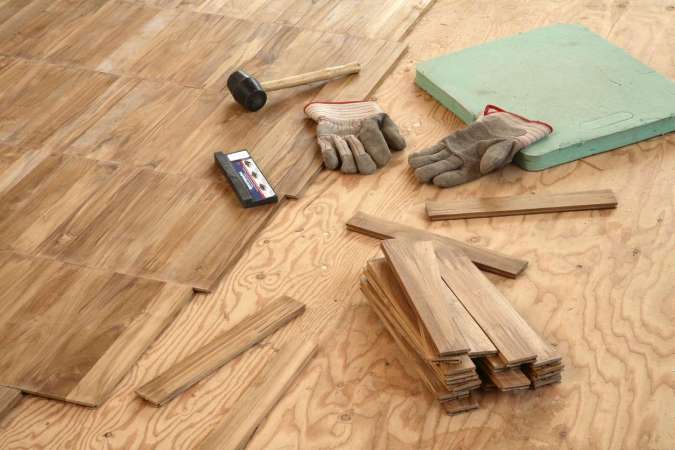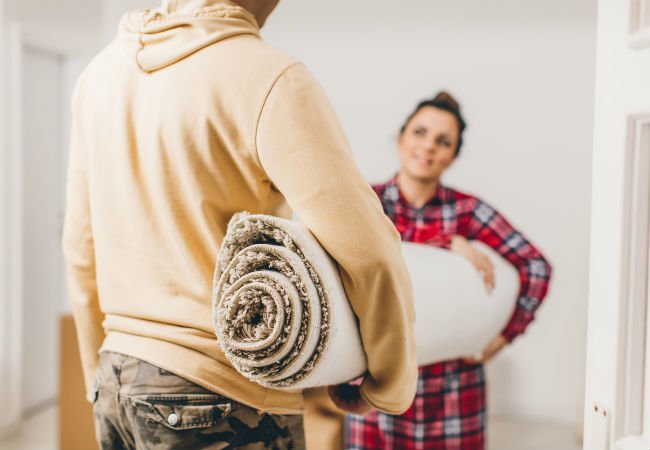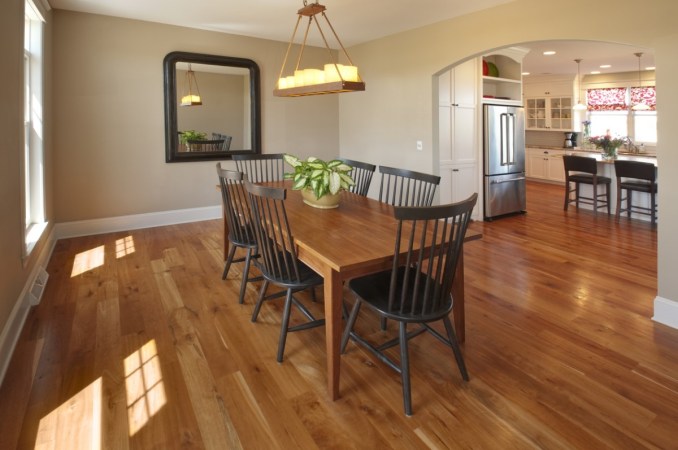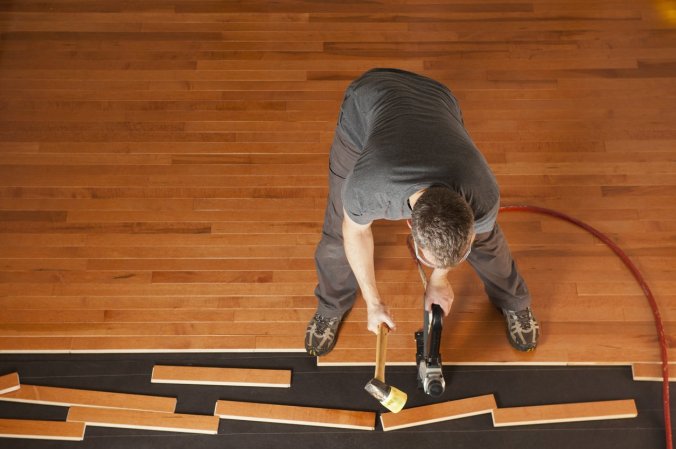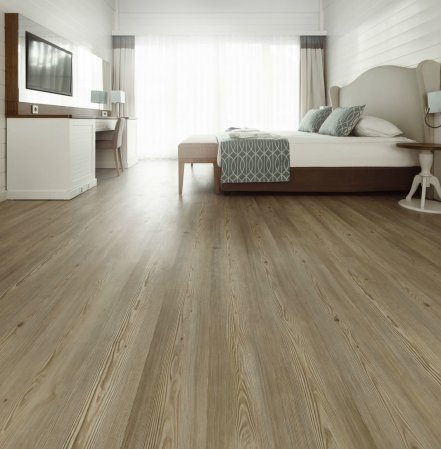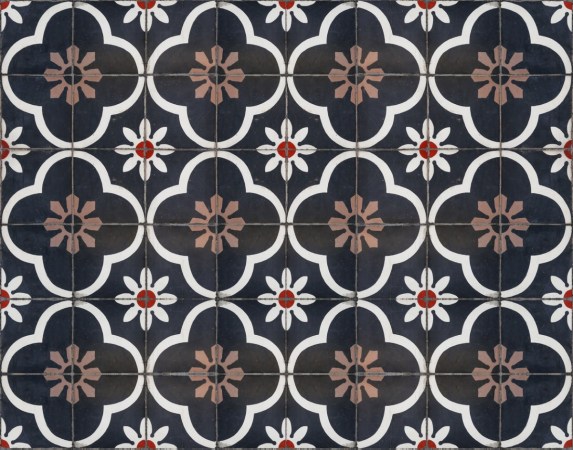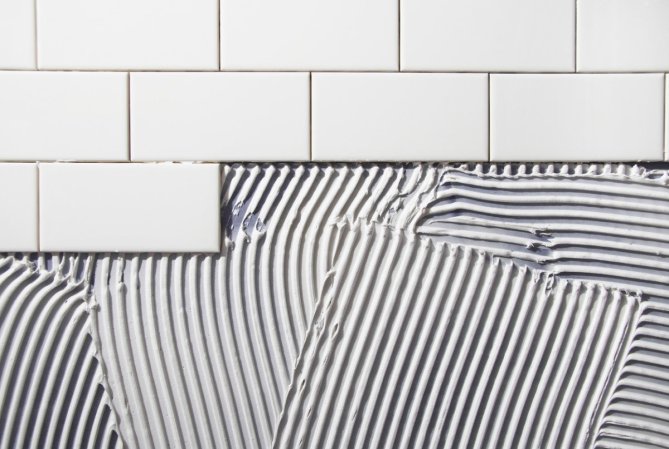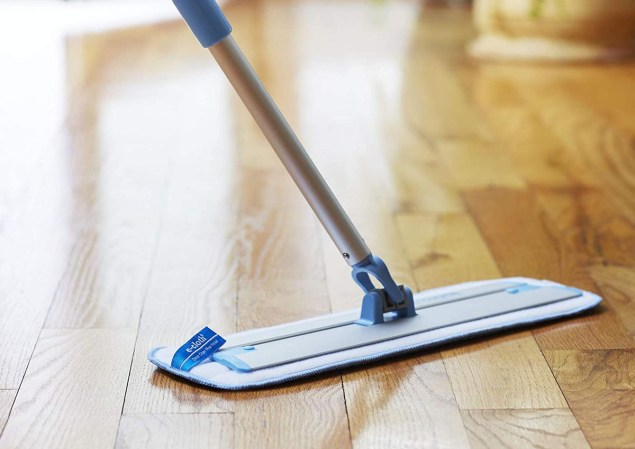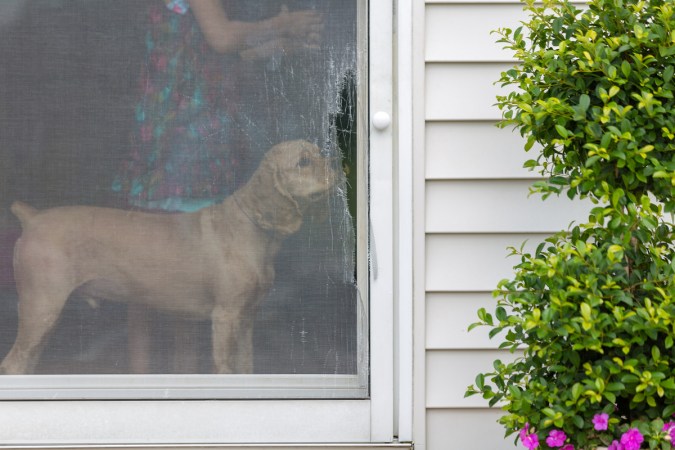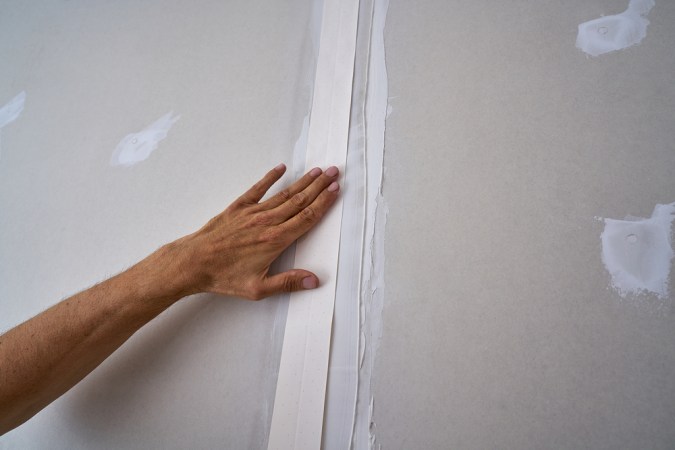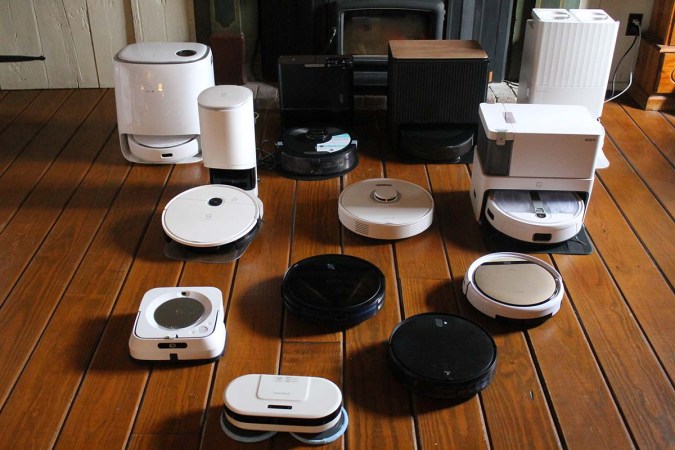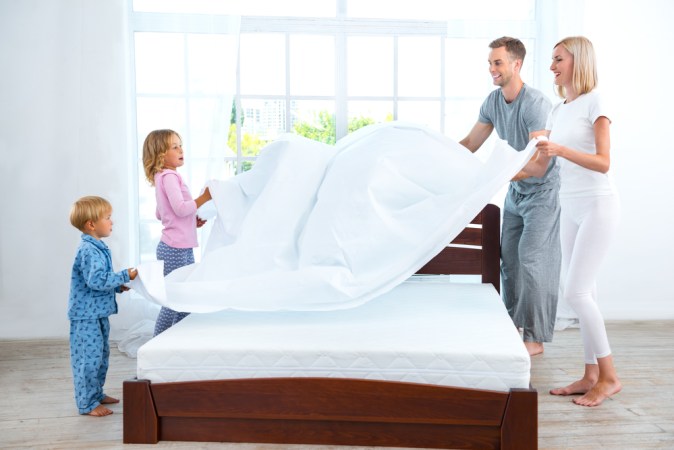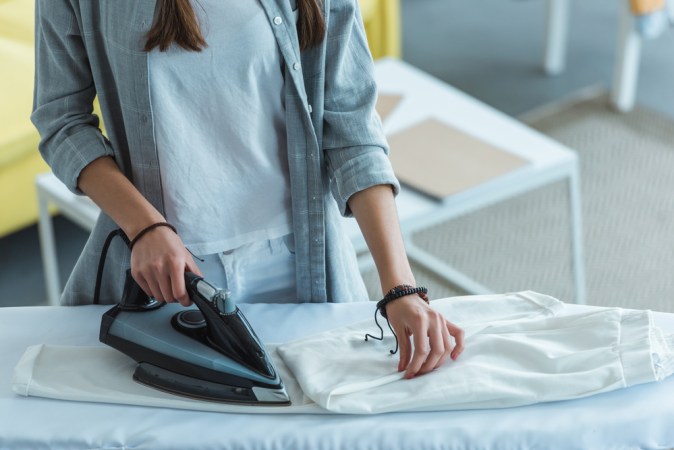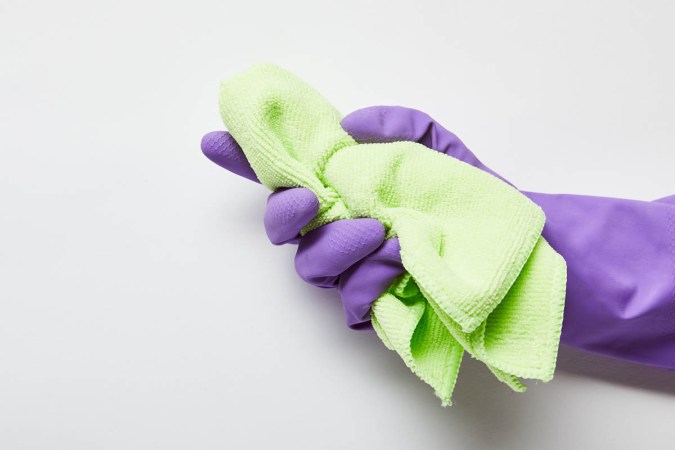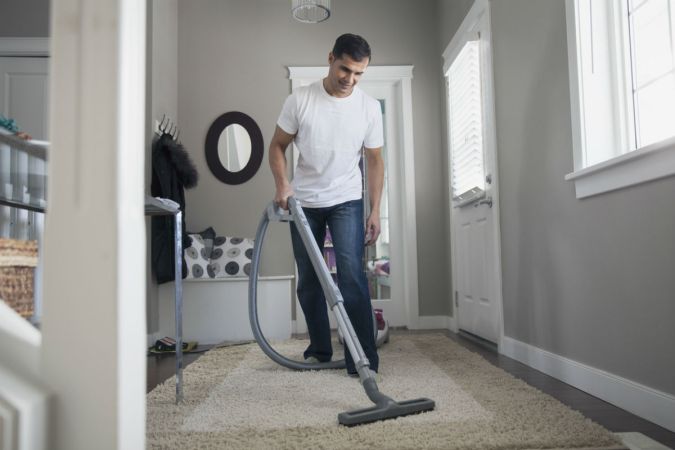We may earn revenue from the products available on this page and participate in affiliate programs. Learn More ›
Highlights
- Carpet installation costs can range between $785 to $2,805, with a national average cost of $1,772.
- Some of the biggest factors affecting carpet installation cost include the type of carpet, the room size and shape, and the cost of labor.
- There are several benefits of hiring professional carpet installers, including a guarantee on workmanship and reduced waste.
- Experienced DIYers may be able to install a carpet themselves, but the chances of causing wrinkling or other problems are much higher.
Carpeting can bring a subdued and comfortable atmosphere to a home. When considering carpet installation cost, it helps to know the factors that go into calculating the price of carpet installation or replacement. According to Angi and HomeAdvisor, the typical price range of carpet installation is between $785 and $2,805, with the national average at $1,772. Expect to pay between $3.50 to $11 per square foot or approximately $32 to $100 per square yard. The average price of carpeting materials runs from $2 to $7 per square foot but can range from $1 to upward of $20 per square foot. Labor adds an additional $0.50 to $1 per square foot to the overall carpet installation cost. To find prices on carpet installation, search for “carpet installers near me.” Keep in mind that carpet costs can vary due to the quality, style, and material of the carpeting.

Carpet, hardwood, tile, vinyl, and laminate flooring.
Bob Vila has partnered with Empire Today® to help you easily get beautiful new floors at a great price.
Free In-Home Estimates
How to Calculate Carpet Installation Cost
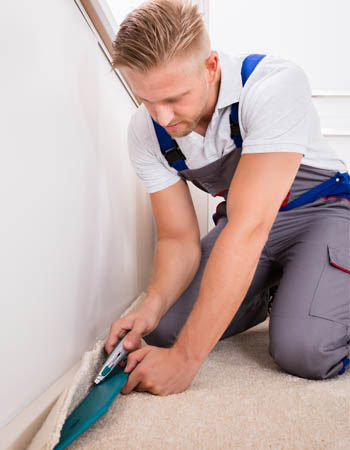
To stay on budget, calculate how much carpet is needed and how much it will cost. First, find the width and length of each room. Don’t forget to measure for doorways and divide irregularly shaped rooms into smaller sections. Multiply those two numbers together and you’ll have the square footage of the area that needs to be carpeted. For example, the formula to carpet a 15-foot by 15-foot room with carpeting that costs $7 per square foot would be:
15 feet x 15 feet = 225 total square feet x $7 = $1,575
Factors in Calculating Carpet Installation Cost
Calculating carpet installation cost depends on a few factors. Prices can differ from the national average due to labor costs in your area; the material, style, and quality of the carpet; the size and shape of the room; and what kind of padding is used. Doug Bell of McSwain Carpets lists other factors as the addition of trims or moldings, and the presence of stairs or landings.
Material, Style, and Quality
Common carpet materials include nylon, polyester, cotton, polypropylene/olefin, sisal, and wool. Long lasting and easy to clean, nylon costs between $2 and $5 per square foot. It’s suitable for high-traffic areas and homes with children and pets. Another budget-friendly carpet material is polyester. Polyester carpeting can run between $1 and $3 per square foot. It’s not recommended for high-traffic areas, but it resists mold and mildew and is good for those with allergies. Cotton carpeting is more expensive than synthetic materials and can cost between $6 and $7 per square foot. Since it’s a natural material, it easily fades and stains. Made from recycled plastic, polypropylene or olefin costs $1 to $3 per square foot. It’s durable and is fade- and moisture-resistant. Sisal carpeting averages between $5 and $15 per square foot. This carpeting is made from agave leaves and has a rough woven texture, and it’s recommended for high-traffic areas. Eco-friendly wool carpeting can cost between $4 and $20 per square foot. Wool is a durable, quality material that resists fading. Regardless of the material, the cut, pile, and loop will also affect the price.
Room Size and Shape
Carpet installation costs vary due to the size and shape of the area. The more carpet needed, the more expensive the project will be. Most carpet comes in 12- or 15-foot-wide rolls. Homeowners can expect to add an additional 5 to 20 percent for extra carpeting and padding depending on the shape and size of the room.
Padding
Padding is a layer under the carpet that adds extra cushion and acts as a sound absorber. Certain types of padding are recommended for specific areas or types of carpets. Urethane foam is the least expensive and is recommended for lighter traffic areas. It costs around $0.75 per square foot. The most common type of padding is bonded urethane. It’s comfortable, durable, and avoids compression. It runs around $0.90 per square foot. Waffle rubber padding averages around $1 per square foot. It’s an uncommon choice, and it’s used when low carpet clearance is needed. Fiber cushion padding uses a blend of natural fibers and is a green option that costs around $1.25 per square foot. Flat rubber padding is used for very high-traffic areas, and it’s considered the most durable type of carpet padding. It costs around $2 per square foot.
Labor
In addition to the cost of carpet and padding, labor is usually $0.50 to $1 per square foot. Keep in mind that this price doesn’t include repairs or tearing out an existing floor.
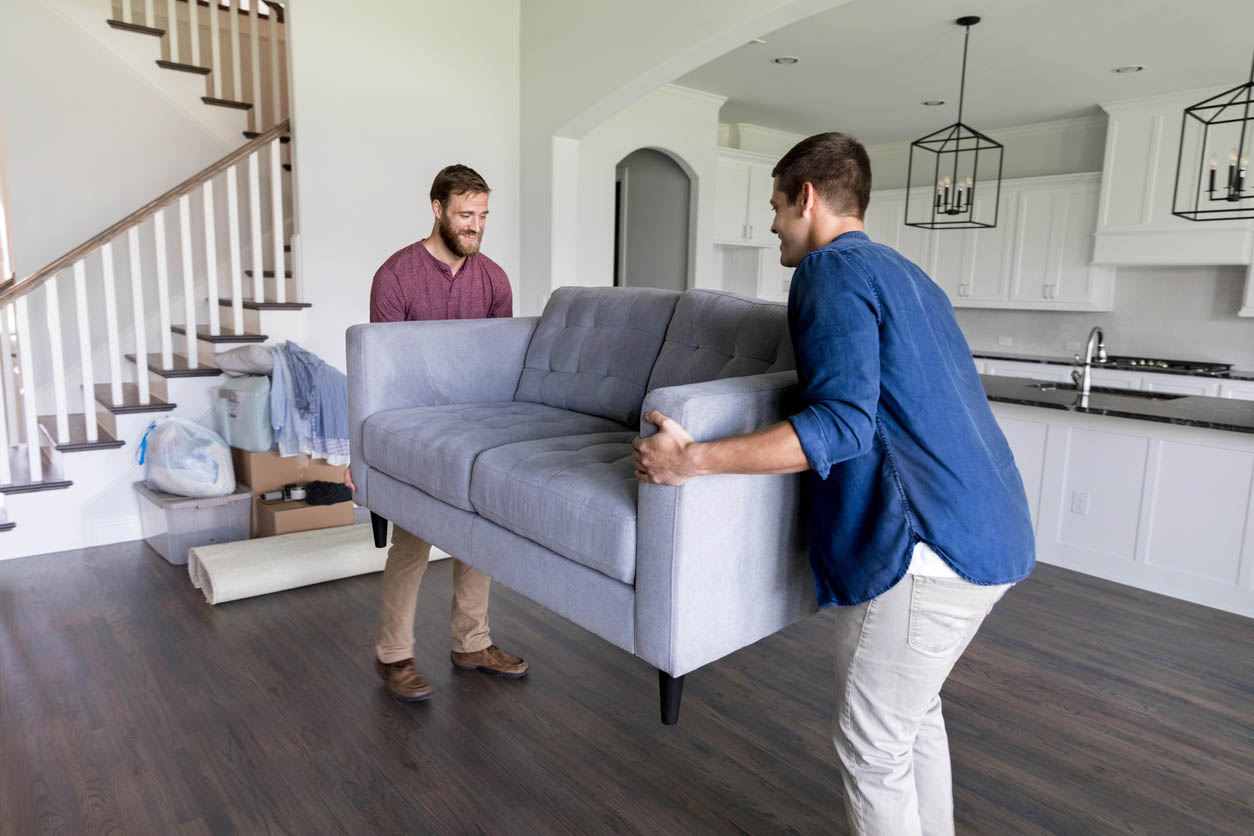
Additional Costs and Considerations
When budgeting to cover carpet installation costs, there are usually additional price factors and considerations. These can include moving furniture, carpet removal, stain-resistance treatments, subfloor and flooring repair or replacement, or custom cuts.
Moving Furniture
If you need assistance with moving heavy furniture, an additional charge of $25 to $75 per room is common.
Carpet Removal
If you’re planning on carpet replacement, the existing carpet will need to be removed. Carpet removal usually costs between $2 to $3 per square foot on average, and pad removal runs from $1.50 to $2 per square foot.
Stain-Resistance Treatments
Adding stain resistance to the carpet typically costs about $80 per gallon, which covers up to 1,000 square feet.
Subfloor Repair or Replacement
If the subfloor needs to be repaired or replaced due to water damage or age, it can run $600 or more on average.
Flooring Repair or Replacement
If the flooring needs to be repaired or replaced before new carpeting can be installed, the cost to remove old flooring is $1 to $3 per square foot.
Custom Cuts
Custom-cut carpets to fit an unusually shaped room can cost extra due to the extra time and additional materials. The price will vary depending on the shape and size of the room.
Types of Carpets
The type of carpeting you choose will affect the overall price of carpet installation. Each type has a unique appearance, texture, and wear level. Some carpet types are more appropriate for high-traffic areas like hallways and stairs, while others are more suited to low-traffic zones like bedrooms.
Cut Pile
Cut pile carpeting usually costs between $1 to $12 per square foot. This type of carpeting has cut fiber loops that are tufted at the ends. This type is smooth, soft, and has four subcategories:
- Saxony: Saxony carpet is made of twisted fibers, most commonly from nylon. It’s soft, plush, and suitable for low-traffic areas. This type of carpet usually costs between $2 and $8 per square foot.
- Textured saxony: Textured saxony carpet averages between $2 and $12 per square foot and has twisted fibers that resist crushing and won’t show tracks. It works well in medium- to high-traffic areas of the home.
- Frieze: This is a tightly twisted carpet that has long, curled tufts. It’s dense and resilient in high-traffic areas. Frieze carpet costs between $1 and $8 per square foot.
- Cable: The length of cable carpet is similar to shag. Cable carpets have long, thick yarn that is susceptible to matting and is best installed in low-traffic areas. Cable carpet costs between $4 and $8 per square foot.
Low Pile
A carpet with a low pile has yarn that’s cut to ¼ inch or less. The height of the pile directly affects the wear of the carpet. The shorter the pile, the more wear it can withstand.
Plush
Plush carpeting is dense and soft. Instead of the loops being cut, they’re sheared to create a distinctive texture. Plush carpeting averages between $2 and $8 per square foot.
Textured
Textured carpet features strands of different lengths that create a carpet that is durable and trackless. It usually features a two-tone appearance and works great for families and high-traffic areas. Textured carpets can run between $2 and $12 per square foot.
Twist Pile
The more twists the fibers have, the more durable the carpet will be. Twist pile carpets are considered the most durable and work well in high-traffic areas.
Level Loop
Level loop carpet has yarn loops that are sewn into the carpet. The uncut loops provide a uniform appearance with no variation. It’s recommended for high-traffic zones since it’s relatively stain resistant and durable. Level loop carpeting costs between $2.78 and $5 per square foot on average.
Berber
Berber carpet has a knotty texture that’s created by upright yarn loops. It wears better than cut pile carpeting since it is resistant to shedding and fraying. Traditionally, Berber carpets were made of hand-knotted wool from the Berber region of Africa. Today, machine-made Berber carpets are made from nylon and run between $3 and $20 per square foot.
Patterned Loop
Patterned loop pile gives a patterned or sculpted look to the carpet. It hides wear and dirt and is durable for medium traffic areas.
Cut Loop
Cut-loop carpet combines low loops and high-cut tufts that form designs in the carpeting. This textured carpet is durable and hides dirt and footprints. It’s good for medium- to high-traffic areas and costs between $1 and $10 per square foot.
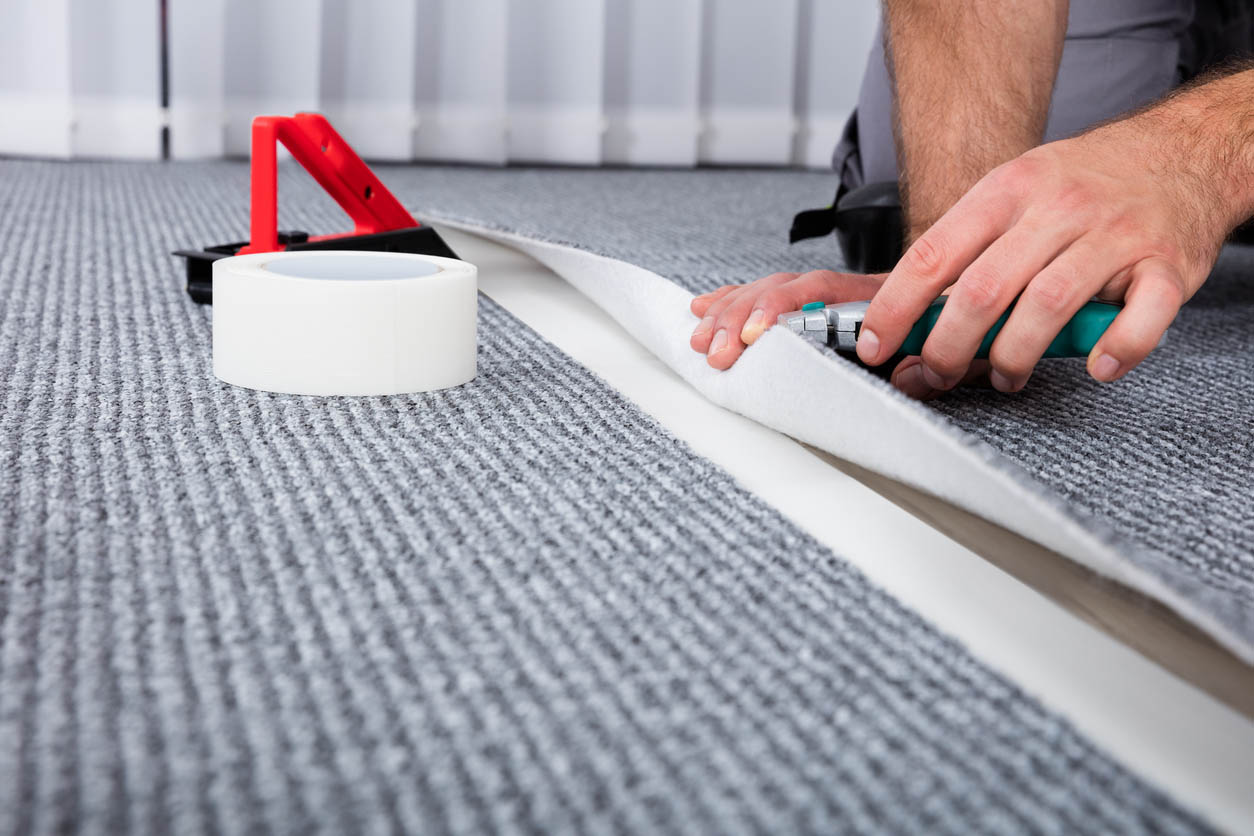
Do I Need a New Carpet?
Carpeting can bring warmth and style to a home. If you haven’t replaced the carpet in over 10 years, it may be time for a replacement. In addition to changing the color, type, or texture of the carpet, there are a few red flags when carpet replacement is necessary. If there are worn spots, stains, odors, rips, tears, water damage, or mold, it’s definitely time for a new carpet.
Wear and Tear, Stains, and Smells
Wear and tear on carpets can show. If you notice loose threads, rips, holes, or loops that have come undone, it’s time for replacement. Older carpeting can have stains that aren’t easily removed from food and drink spills, pets, grass, dirt, or mud. It’s common for carpeting to absorb smells from pets, cigarette smoke, cooking, and mold. Once the carpeting has soaked up those odors, they’re hard to get out. “Most homeowners are not aware or choose to not follow the manufacturers guideline of having their carpet professionally cleaned every 18 to 24 months,” says Jeff Stephens, assistant general manager at Dolphin Carpet & Tile. “This causes dust, dander, soil to abrade the fibers causing loss of structure, sheen, and performance.”
Age
Carpeting typically lasts between 5 to 20 years, but many homeowners don’t replace it within that time frame. Carpeting will show its age first in high-traffic areas such as stairs, hallways, and entrances. If you notice wear in these areas, it’s time to replace it.
Old or Damaged Carpet Padding
Carpet padding can wear and age just like carpeting. If you notice that the carpet feels thinner when you walk across it, it may be time for a replacement. Padding also absorbs spills and dirt and will break down over time. If the padding has stains, a musty odor, or has significantly flattened, not only is it time for new padding but new carpet as well.
Worsening Allergy Symptoms
Carpeting can trap many allergens like dust, dirt, mold, pet dander, mites, and more. If you or a family member has noticed an increase in allergy symptoms, an old carpet may be to blame. Sometimes a deep cleaning will remedy allergy symptoms, but if the carpet is beyond saving, a replacement is in order. When shopping around for a new carpet, consider hypoallergenic options that can repel allergens.
Water Damage and Mold
If there has been water damage in your home due to flooding or plumbing issues, the carpeting will need to be replaced. Water damage can lead to mold growth. Mold is a serious health hazard that causes respiratory distress. Even if you don’t see visible mold growth on the carpeting, it could be growing on the padding underneath. If you notice a musty odor, check under the rug to see if mold or mildew is growing.
Benefits of Getting a New Carpet
Installing a new carpet can quickly update the look of your home. If your current carpet is over 10 to 15 years old, it’s most likely showing its age. An outdated style or color can age a home, and new carpet will create a clean, modern look. Here are some benefits of getting a new carpet.
Improved and Updated Aesthetics
Installing a new carpet will add an appealing update to your home. There are many types, textures, and colors to choose from to match your home’s aesthetic. According to Stephens, “Current trends are towards tighter softer carpets. A mauve colored shag carpet is a good indication your carpet needs to be replaced.”
Insulation
Carpeting adds to the insulation of your home. When you combine new carpet with new padding, you have a layer that absorbs sound and keeps the floors soft and warm.
Safety
Carpeting creates a surface with more traction throughout the home. Carpeted floors reduce the potential for slips and injury for family members of all ages.
Increased Home Value
Installing new carpeting increases the value of your home. Flooring is one of the first features that prospective buyers see when they walk into a house. Installing modern, new carpeting with a warranty is an appealing perk.
Carpet Installation: DIY vs. Hiring a Professional
If a homeowner doesn’t know how to install a carpet, it’s recommended to leave it to the professionals. According to Stephens, “Carpet is heavy, bulky and takes a trained professional to properly stretch, trim, cut and especially seam.” Professionals have the tools and the experience to properly install new carpeting. When you consider that renting the tools can cost the same as hiring carpeting professionals, saving $0.50 to $1 per square foot on labor doesn’t amount to much. Additionally, hiring a professional ensures that the “Install is done per manufacturer specs,” explains Bell. Professional installation comes with a warranty, the installers know how to precisely measure to reduce waste, and they can repair or replace subflooring if needed. If the carpeting isn’t correctly stretched or tacked, it will wrinkle and be costly to repair. “Carpet has never been known as a DIY type project unless it is a simple room drop,” says Stephens. “It is highly unlikely that homeowners would have the proper tools and knowledge to properly install carpet.”
How to Save Money on Carpet Installation Cost
Carpet installation costs can be pricey, and the additional costs associated with the project can quickly add up. One way to save money on carpet installation is to buy the least expensive carpet, but there are other ways to save on costs without compromising on quality.
- Shop around. Finding the style of carpet that’s right for you and your home at the right price will take some time. Research different stores and suppliers. Many retailers have carpet sales in the autumn. See if there are carpet wholesale distributors in your area. Another way to find good prices is to search for “carpet installation near me.”
- Choose a durable style. Choosing a durable style like Berber, frieze, or other looped and twisted carpets will help avoid the wear and tear more common to cut and loop styles.
- Clear the room yourself. Instead of paying extra for installers to move furniture and personal belongings out of the room, do it yourself to save on extra labor costs. “Carpet Installers are trained professionals,” explains Stephens. “Any time wasted moving bedding, clothing, electronics, or any other personal items delays the job and will cost more money.”
- Remove old carpeting and padding. To save money on having the old carpeting and padding removed, do it yourself.
- Use quality padding. It may seem counterintuitive to spend more on higher quality padding, but the padding will help extend the life of the carpet.
- Pay with cash or a check. According to Bell, you might be able to negotiate a discounted price if you pay with cash or check rather than with a credit card.
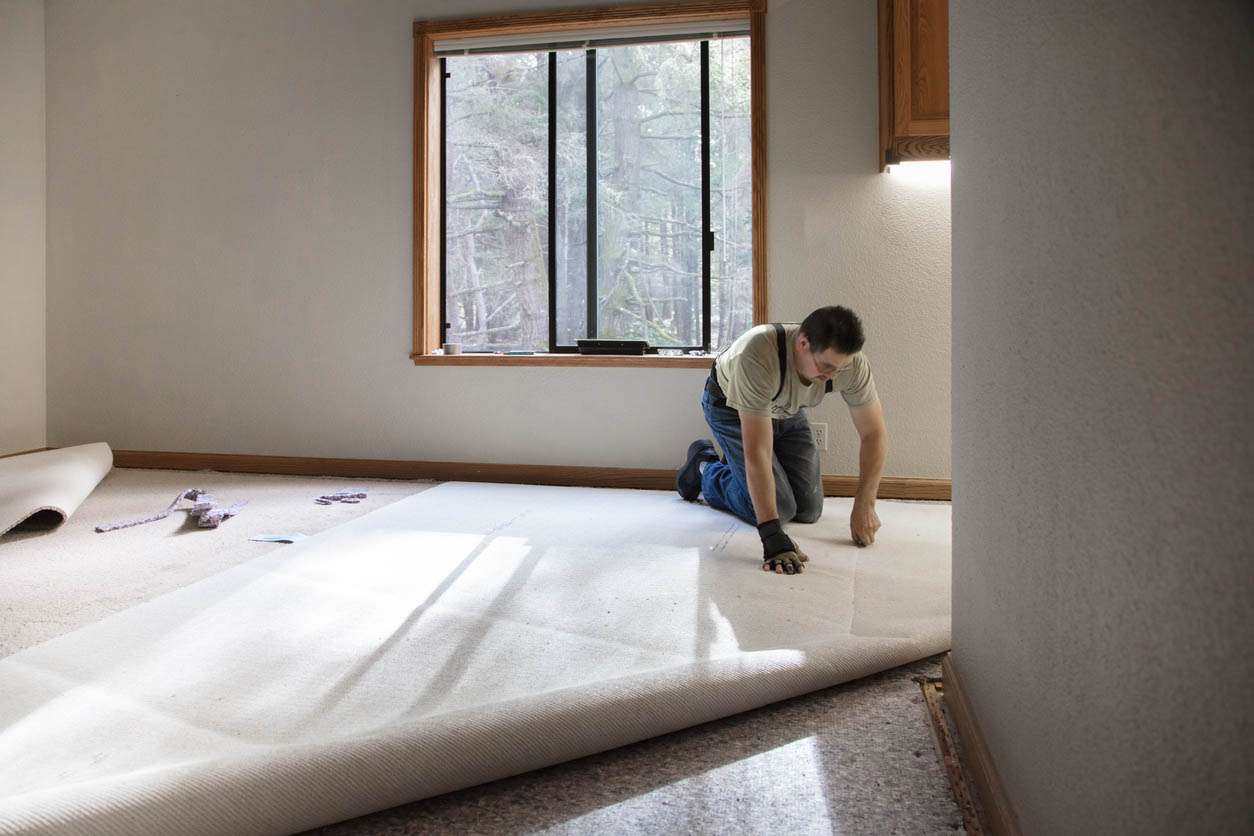
Questions to Ask About Carpet Installation
Asking a professional the right questions about carpet installation can minimize miscommunication, save money, and get the desired results. Here are some questions to ask about carpet installation costs.
- What do you recommend as the best carpet for my home?
- How long have you been in business?
- Do you have a list of references or reviews I can check?
- What is included in the total price?
- Do you repair or replace subflooring?
- What type of warranty do you offer?
- Are you bonded and insured?
- How long will the installation take?
FAQs
Deciding on the right carpet for your home while staying within your budget can be a daunting process. Here are some frequently asked questions about carpet installation costs to help guide you in your decisions.
Q. How much does it cost to carpet a bedroom?
The cost to carpet a 12-foot by 12-foot bedroom is between $500 and $1,600. If the bedroom is smaller, you may pay more than $2 to $7 per square foot since carpet usually comes in 12-foot or 15-foot rolls. Keep in mind that you’ll be paying for the total width, even if you don’t need it.
Q. Do I need to move my furniture before installing carpeting?
Yes. Well, someone will have to move the furniture. You can move the furniture to save on labor costs or you can pay the professional installers to move the furniture for you.
Q. Should I install a carpet or paint first?
It’s recommended to install carpeting first before painting a room. Professional painters will take care to carefully cover the carpet and protect it from drips and splatters, and it’s easier for them to paint after carpet installation. Carpet installation can also result in scrapes or nicks to the walls.
Q. How long does a carpet last?
Carpet can last from 5 to 20 years. How long it lasts depends on the level of maintenance, carpet quality, and amount of traffic.
Sources: HomeAdvisor, Angi, HomeGuide, The Home Depot, Fixr

